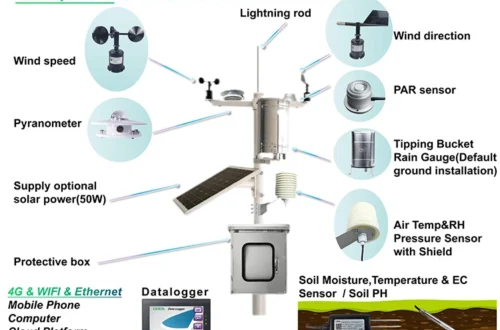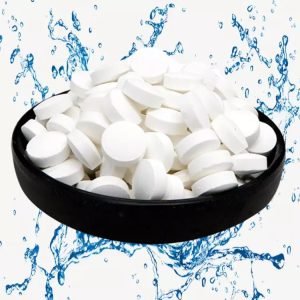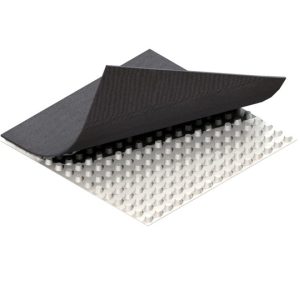Sanitary Pad Raw Materials: Composition and Properties
# Sanitary Pad Raw Materials: Composition and Properties
## Introduction to Sanitary Pad Components
Sanitary pads are essential feminine hygiene products designed to absorb menstrual flow. The effectiveness and comfort of these products depend on the quality and composition of their raw materials. Modern sanitary pads consist of multiple layers, each serving a specific purpose in absorption, comfort, and protection.
## Core Materials in Sanitary Pads
### 1. Top Sheet (Cover Stock)
The top sheet is the layer that comes in direct contact with the skin. It’s typically made from:
– Non-woven polypropylene or polyethylene
– Perforated plastic films
– Soft, breathable materials with quick-dry properties
Key properties: Softness, breathability, and rapid liquid transfer to the absorption layer.
### 2. Absorbent Core
This is the most critical component responsible for fluid absorption. Common materials include:
– Wood pulp (fluff pulp)
– Superabsorbent polymers (SAP)
– A combination of both
The SAP can absorb many times its weight in liquid, while the wood pulp helps distribute the fluid evenly.
### 3. Back Sheet
The back sheet prevents leakage and is usually made from:
– Polyethylene film
– Breathable microporous films
– Cloth-like materials for premium products
Properties: Liquid-proof, flexible, and comfortable against clothing.
### 4. Adhesive Components
Various adhesives are used in sanitary pads:
– Pressure-sensitive adhesive for attaching to underwear
– Construction adhesives for bonding layers
– Hot melt adhesives for manufacturing
## Additional Components
### 1. Release Paper
Protects the adhesive before use, typically made from silicone-coated paper or plastic film.
Keyword: sanitary pad raw material
### 2. Side Barriers (Wings)
Some pads feature side barriers or wings made from:
– Non-woven materials
– Plastic films
– Elastic components for better fit
### 3. Fragrance Components (Optional)
Some products include:
– Microencapsulated fragrances
– Natural essential oils
– Deodorizing agents
## Material Properties and Considerations
### 1. Absorbency
The combination of SAP and wood pulp determines:
– Absorption capacity
– Retention under pressure
– Rewet properties (how dry the surface stays)
### 2. Breathability
Important for skin health, achieved through:
– Microporous back sheets
– Air-permeable top sheets
– Ventilation channels in design
### 3. Skin Safety
Materials must be:
– Hypoallergenic
– Free from harmful chemicals
– Dermatologically tested
### 4. Environmental Considerations
Recent developments include:
– Biodegradable materials
– Organic cotton options
– Reduced plastic content
## Manufacturing Considerations
Raw material selection affects:
– Production efficiency
– Product performance
– Cost-effectiveness
– Environmental impact
Manufacturers must balance these factors while meeting regulatory requirements and consumer expectations for comfort and protection.
## Future Trends in Sanitary Pad Materials
The industry is moving toward:
– More sustainable material options
– Enhanced comfort technologies
– Improved breathability
– Smart materials with additional functionalities
Understanding the composition and properties of sanitary pad raw materials helps consumers make informed choices and manufacturers develop better products that meet evolving needs for comfort, protection, and environmental responsibility.


